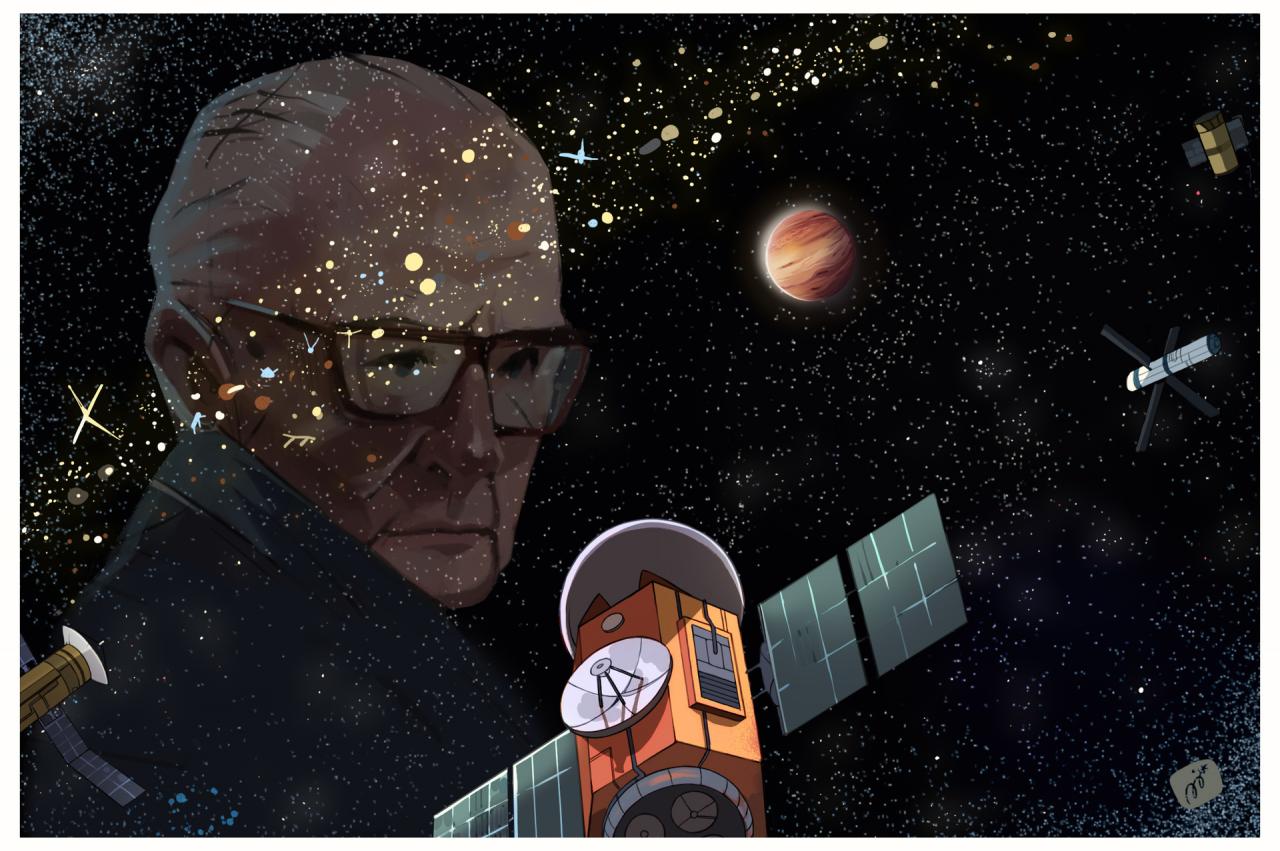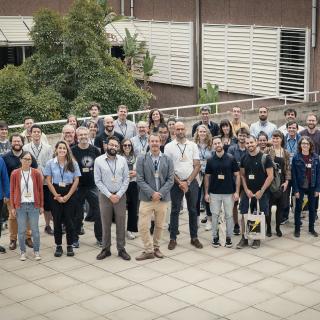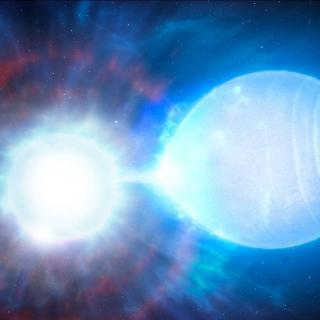Finding life in other parts of the universe has been one of humanity’s constant dreams. For the first time in history the scientific community has hopes based on some degree of possibility that this dream will become a reality in the not too distant future. This is, in part, due to the new generation of giant telescopes, presently in the planning phase, which we hope to be able to make a detailed analysis of the atmospheres of planets beyond the Solar System. For this reason researchers are making efforts to investigate “biomarkers”, which is the term for observable evidence which we could use to give us firm evidence of life on these planets.
However, one thing is to find some form of life, but another, very different, is to find intelligent civilizations, or technological capacity, which seems much less likely. To start with we don’t know whom we are looking for, we lack “technomarkers” (the analogues of biomarkers, but which reveal the presence of technology). Since the 80’s of the last century there have been searches for radio signals from other civilizations, so far unsuccessful. This is hardly surprising if we remember that the radio emissions from a society such as ours would not be detectable at interstellar distances, unless they were deliberately focused in the direction of the receiver. In the scientific literature there have been proposals to look for technomarkers, for instance the well known “Dyson Spheres” which would be hypothetical artificial megastructures constructed around a star to collect its light and thereby supply the need for energy of a civilization much more advanced than ours.
In an article published today by the IAC researcher Hector Socas proposed a new technomarker, which is characterized by the fact that it could be produced by present day technology on Earth. There is a very interesting region in space around planets called the “Clarke Belt” in honour of Arthur C. Clarke who in 1945 published an article about the use of geostationary orbits for telecommunications. In this belt orbit the geostationary satellites which we use for a large number of practical applications.
The publication presents a variety of simulations of "Clarke exobelts" to investigate what would be the imprint they would leave on the light of the parent star as the planet transits across its disk. The optimum conditions for observing them are found for planets in orbit round red dwarf stars, which are also the best places to look for exoplanets in general. In the article published in The Astrophysical Journal details are given of how these artificial belts can be distinguished from natural rings. Using this technique current projects and space missions designed to detect exoplanets and their moons and rings could also be used to detect this marker. “It is a search which we will have for nothing” says Hector Socas, and he adds “We have to keep our eyes open, just in case we detect this traces in the data”.
Humanity’s Clarke Belt (our geostationary and geosynchronous satellites) is not densely populated enough to be detected at interstellar distances, at least with our present observing capabilities. Around two thirds of existing satellites are in the region termed “low orbit”, which means the first few hundred kilometres above the Earth, where space debris is already a significant problem. The Clarke belt orbit is it 36,000 km above the Earth, and it is so far much less populated, but the article shows that during recent decades the density of satellites in these orbits has been growing exponentially. If this rate continues our Clarke belt would be detectable from other stars by the year 2200.
The rate could even be speeded up if access to these orbits was reduced in cost, for example by the new reusable rockets, or by the construction of a future space lift. Or it could be slowed down if technological advance looked for other priorities. In any case there is an active debate about whether humanity should actively send messages into space or whether, on the contrary, we ought to listen discreetly without revealing our presence. “In this context, the exponential increase in our population of satellites could end up by becoming a signal which gives us away, whether we like it or not. This is a point which should be taken into account in this debate” says Socas.
Faced with the question of whether one day we will discover an "Clarke exobelt", and thereby find an extraterrestrial civilization, the researcher gives his vies that “It seems unlikely, but it costs nothing to take a look. It is as if someone gave you a lottery ticket. You know that it is very unlikely that you will win, but as you have it you check up on the result, just in case”.
Artículo: Possible Photometric Signatures of Moderately Advanced Civilizations: The Clarke Exobelt. The Astrophysical Journal. DOI: 10.3847/1538-4357/aaac66
Contact at the IAC: Héctor Socas Navarro (hsocas [at] iac.es (hsocas[at]iac[dot]es))
Another interesting links: Possible photometric signatures of moderately advanced civilizations: The Clarke exobelt
Audiovisual material:



